Pairing photography with protest. Nicolaj Zownir captures worlds colliding, contrasting ideas and the emotions of people with a cause. Find out about his story and those he photographs with IMAGO.

Nicolaj Zownir on Documenting Protests: Unstaged, Unpredictable, and Unrepeatable Moments
New IMAGO partner and demonstration photographer Nicolaj Zownir has a mutual passion for photography and protest. These two topics come together in various shoots and events as the German photographer takes to the streets with the people and their cause to capture contradictory ideas clashing. Stating, “I document the past”, his striking images distill moments of chaos in time for his audience, capturing two worlds centimeters apart. The result? Enigmatic and aesthetically linear photographs depicting people in moments of change, riot and revolution.
He told us about his creative evolution, the one message he hopes to project through his work and his one drawback of being a photographer.
“Nothing is Staged, Little is Predictable, and a Missed Moment Never Comes Back.” Documenting Protests by Nicolaj Zownir.
Read his full interview below:

What is your favorite memory with a camera to date?
I don’t have a special relationship with my camera. In the beginning, I just took anything that took pictures. At some point I happened to have a camera in my hand where I felt every button was in the right place and the photos looked good. Then I just bought the same model and now I work with it.
Is there one photography from your archives that tells the biggest story of you as a photographer to date?
The biggest story, that is, the one with the biggest effort, has by far not brought the best pictures. My favorite picture was taken last year during the clearance and clearing of the Dannenröder Forest, when Ende Gelände activists flowed through the police cordon and brought the work to a halt.

What impact has photography had on your life outside of your career? Has it allowed you to learn anything or see things differently?
Probably most photographers feel that they translate a lot of what they see every day into camera angles in their heads. It’s the same with me.
Why do you think the pairing of photography and protests is so poignant/ important?
Nothing is staged, little is predictable, and a missed moment never comes back. On the one hand, this makes for a lot of frustration when you find yourself confronted with a huge pile of blurred and incorrectly exposed images after exhausting work, but on the other hand, it’s an even nicer feeling to find a really successful shot somewhere in between. When you find one.
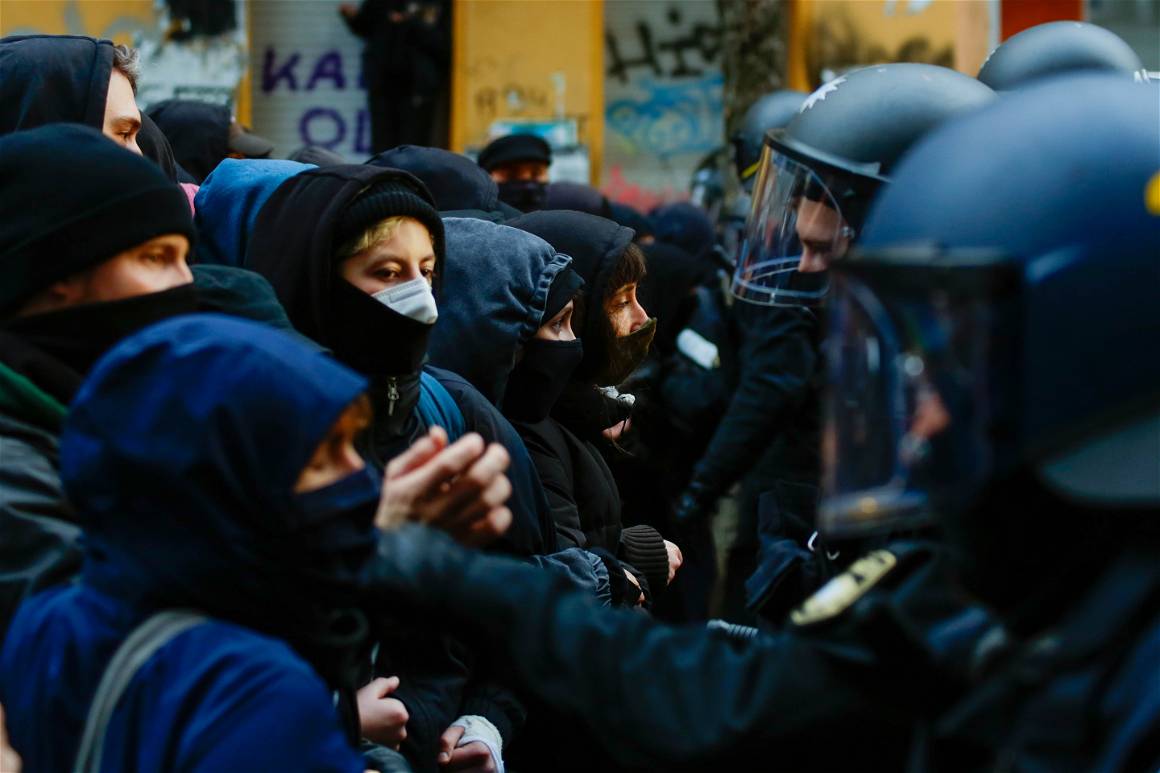

You capture people and the juxtaposition of police with demonstrators beautifully. What are you looking for when you attend these events? Is it merely to document or do you look to connect and comment?
I document the contrast. This is actually something that fascinates me incredibly every time. When police and demonstrators face each other, the most contrary ideas and world views are sometimes only 10cm away from each other.
What would you say the least enjoyable part of being a photographer is?
Like many of my colleagues, I would prefer to do my work in peace without being obstructed by police officers or threatened by Nazis. Unfortunately, that still happens far too often.
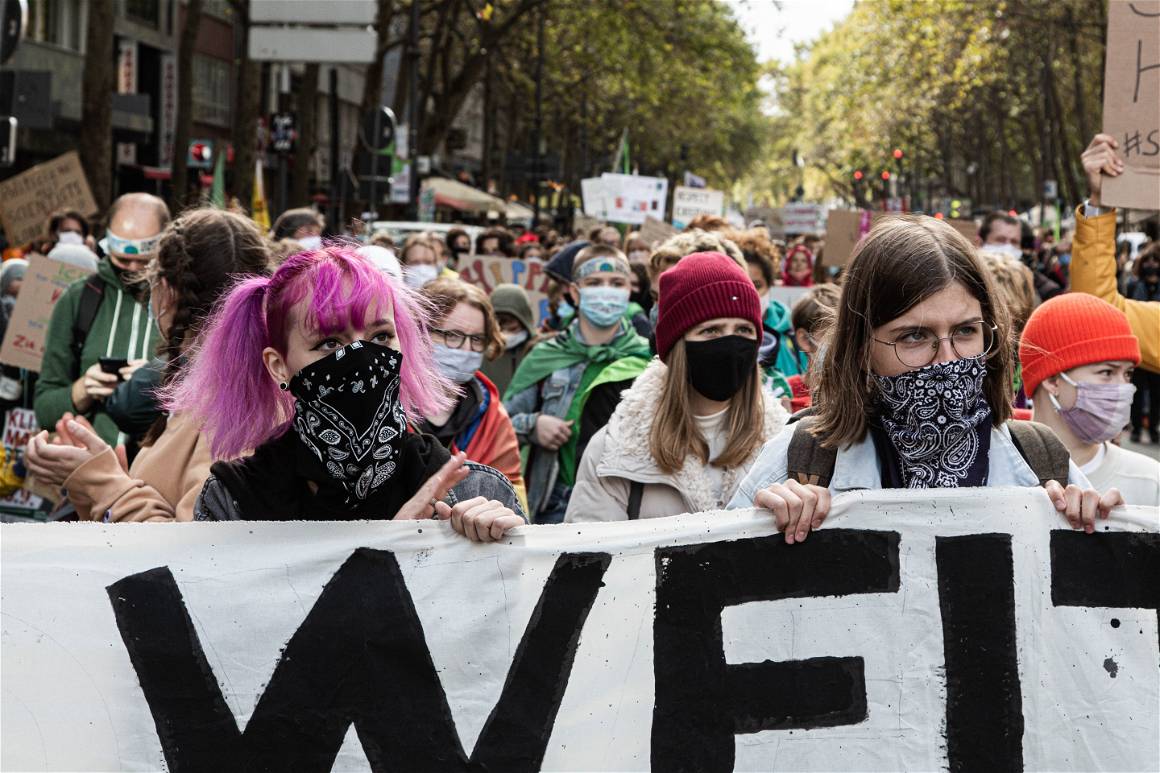
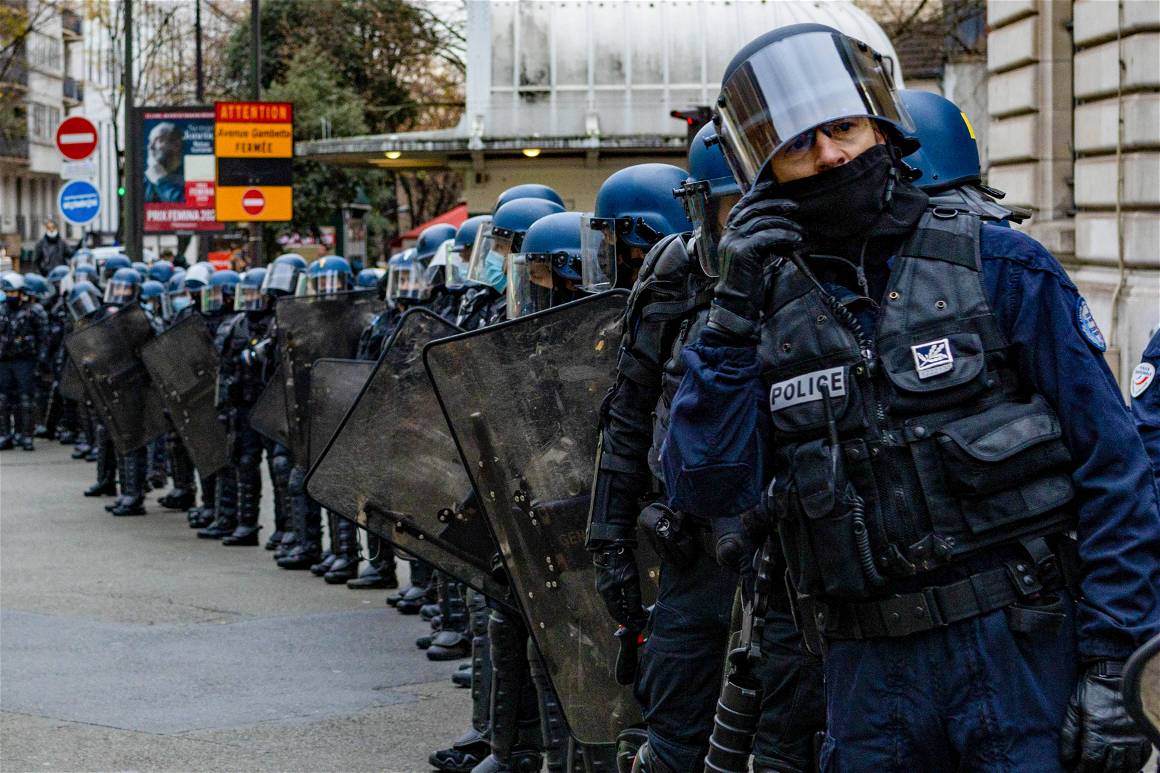
Many of your images contain an ordered aesthetic within a situation of chaos (many photographs include lines of people/ police) Is this something subconsciously created or do you look for linear elements?
Although it happens unconsciously, I always notice it myself. So probably I am already on the search. Of course, it suits me that blocks, chains and lines can be found on (almost) every demonstration.
What advice would you give to emerging photographers in order to connect with their subjects as well as your photographs seem to?
I don’t really see myself in a position to give advice to others. At best, I’m seen by my colleagues as an aspiring photographer and given advice.
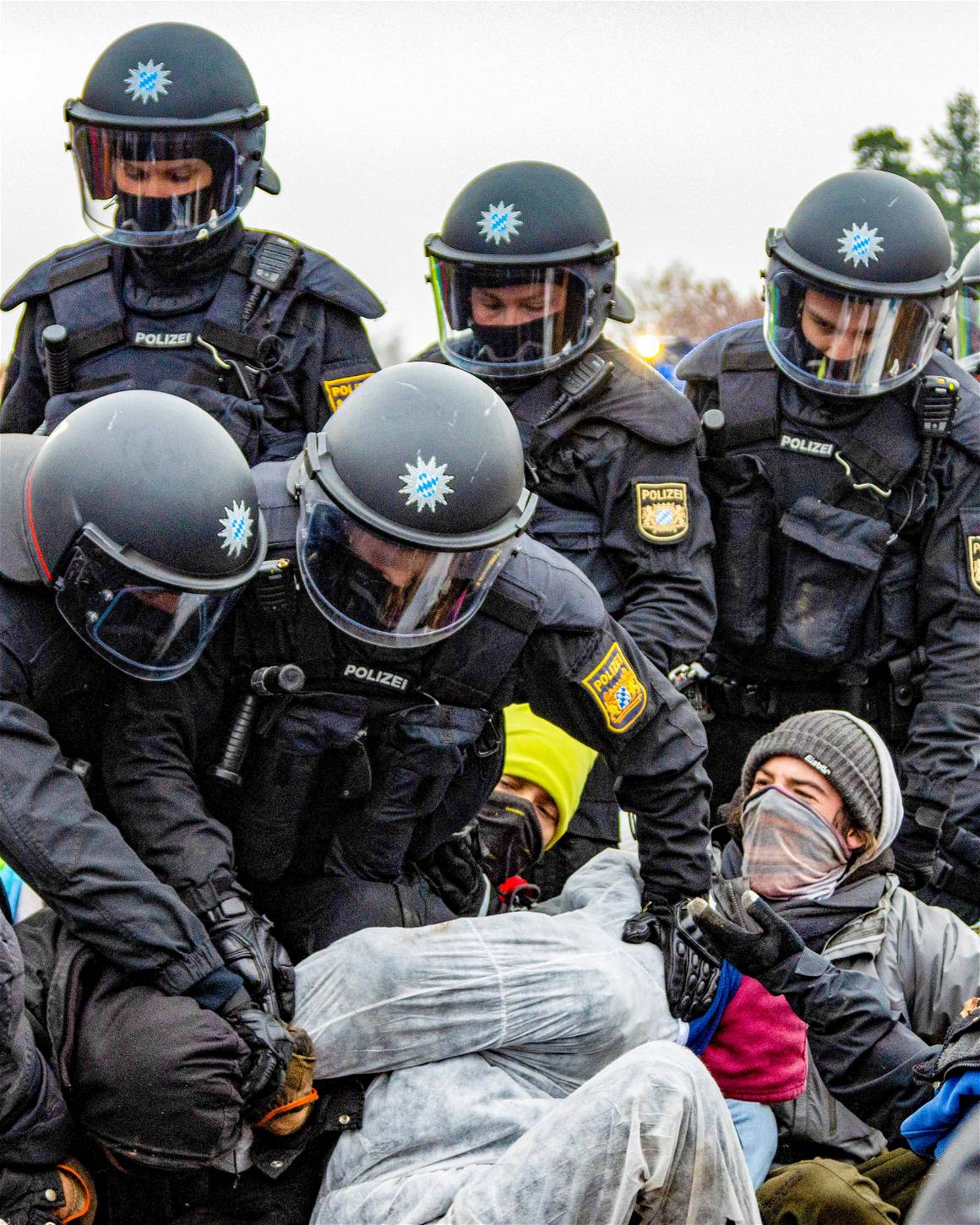
If you could only deliver one message through your work what would it be?
Most of all, I would like to convey as realistic an impression of the protest as possible. Almost as if you had been there yourself. The better that comes across in a picture, the closer I am to the message I want to convey.
What is it that particularly appeals to you about people in protest?
The emotions. Demonstrating also means a not inconsiderable effort: preparation, travel to and from the event, and the potential danger of repression and harassment. Most demonstrators put up with a lot because the issue is close to their hearts. You can see that in the pictures.
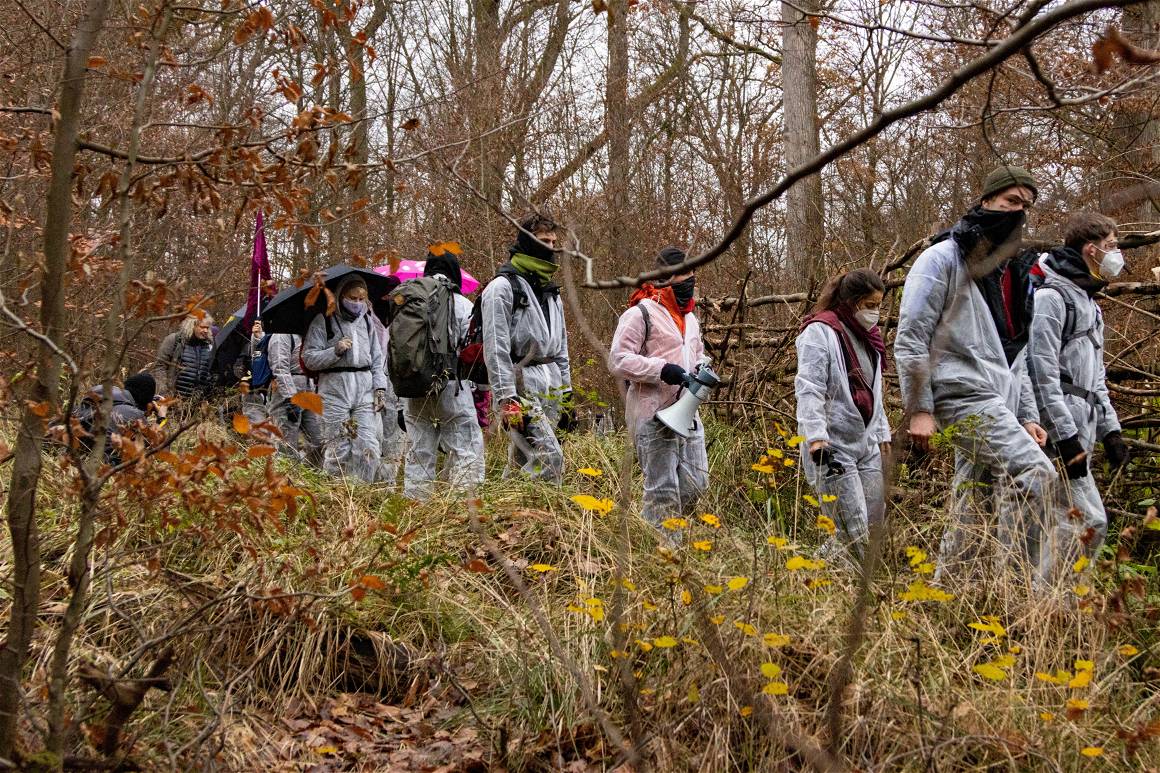
Is there anything historically that you would have loved to photograph and why?
The protests against the Startbahn West runway in Frankfurt, the G8 summit in Genoa, or the protests around Hamburg’s Hafenstrasse – there are many powerful images from past protests around the world that I would have loved to photograph.
Photo: IMAGO / Nicolaj ZownirPhoto: IMAGO / Nicolaj ZownirPhoto: IMAGO / Nicolaj ZownirPhoto: IMAGO / Nicolaj ZownirPhoto: IMAGO / Nicolaj ZownirPhoto: IMAGO / Nicolaj ZownirPhoto: IMAGO / Nicolaj Zownir
Voriger
Nächster
See all the latest images and demonstration event updates from Nicolaj Zownir by visiting our IMAGO site or by following him on Instagram.


